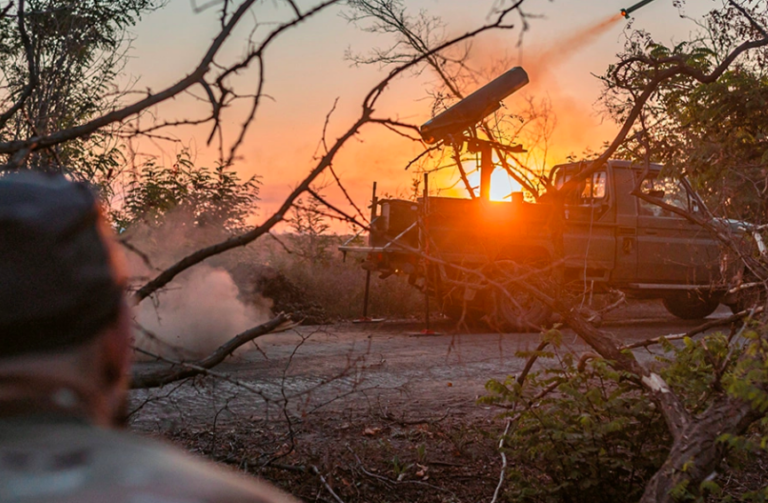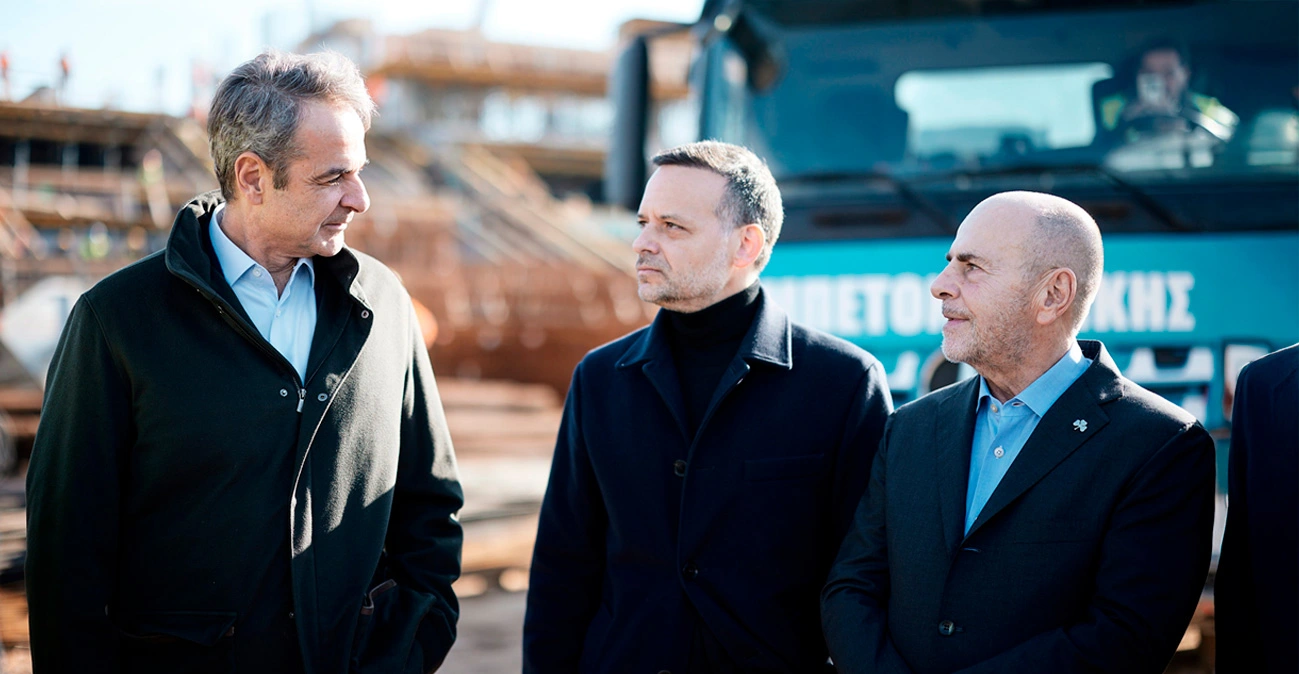Russia and Ukraine are locked in a war of attrition and destruction following Kyiv’s surprise attack, historically and symbolically significant, that led to the first occupation of Russian territory since 1941, in the Kursk region. But can this major development on the frontlines decide the war’s outcome, or does it push the West’s confrontation with Russia closer to a breaking point?
According to Bloomberg, the U.S. Defense Intelligence Agency (DIA) has assessed that neither Russia nor Ukraine currently has the military capacity to launch large-scale offensives against each other, leading to a potential stalemate.
The Ukrainians are closely watching the upcoming November elections in the U.S., the results of which could have dramatic consequences on the Russo-Ukrainian front. Volodymyr Zelensky and Kyiv aim to establish facts on the ground, which could serve as a critical bargaining chip if and when they find themselves negotiating with Moscow. More importantly, by showcasing success on the ground, they hope to maintain the West’s unwavering commitment to continuing support until the final goal—the liberation of the territories occupied by Russia—is achieved.
Of course, Western aid isn’t entirely without limits, as restrictions remain on the use of certain critical weapons systems and long-range missiles for attacks within Russia. Moscow has warned that such actions would be seen as a direct NATO attack on Russia, with all the consequences that might entail regarding the use of strategic and nuclear weapons. Although not officially confirmed, reports suggest that bridges targeted by Ukrainians on the Seim River, aimed at cutting off Russian forces, were struck with American HIMARS missiles.
Lifting the Ban?
Zelensky recently stated that Ukraine’s advance into Kursk proves that Putin’s “red lines” are a “bluff,” and therefore Western partners should help Ukraine by all means necessary, including lifting restrictions on the use of weapons against Russia.
This is an extremely dangerous assessment that could trap the West in a direct conflict with Russia, with unpredictable global dimensions and consequences. Zelensky’s calculation seems to overlook the fact that Moscow has yet to provide a substantial and decisive response, but this doesn’t mean that Russia and Vladimir Putin won’t retaliate when they are ready and in a way that will deliver a significant blow to Ukraine. Nor does Ukraine’s advance into Kursk suggest that Russia is on the verge of surrender.
Military Nightmare
However, Kyiv’s surprise in Kursk exposed the inherent weaknesses of the Russian Army and Putin’s regime in managing such a critical crisis. This might tempt hardliners in the West to attempt a final reckoning with post-Cold War Russia, using Ukraine as a battering ram in the hopes of toppling Putin. But these are mere strategic speculations, as it shouldn’t be assumed that Putin and Russia will surrender without a fight. Moreover, the war’s support is increasingly shrinking within European and U.S. societies.
The Kyiv offensive in Kursk represents a significant Ukrainian success but could evolve into a military nightmare for both sides. Moscow cannot remain passive in the face of the occupation of Russian territory, and the scope and nature of its reaction are still uncertain. On the other hand, for Kyiv, this may signal the beginning of the end of the war in their favor.
Parallel Fronts
Two parallel fronts are now open. Ukrainian forces are expanding control over Russian territory in the Kursk region, while simultaneously losing ground in Donbas. Therefore, both sides can claim territorial gains. Zelensky has set objectives for the Kursk offensive: creating a buffer zone to protect Kharkiv, strengthening and better-preparing forces for the upcoming fall, and further undermining Russia’s war capabilities.
While Kyiv justifiably considers the territorial “capture” in Kursk a major success, Moscow is simultaneously consolidating its hold on Donbas, completing its larger plan to destroy all Ukrainian defensive infrastructures established since 2014, which aids in maintaining control over the area.
Kyiv’s Objectives
Nearly twenty days after Ukraine’s surprise operation in Russia’s Kursk region, Kyiv’s full objectives remain unclear. The invasion destroyed Russia’s fortifications, limiting its ability to retake the lost territory without a massive mobilization of the Russian Army. It creates a larger buffer zone that, at least temporarily, keeps Russian airstrikes and artillery bombardments away from Ukrainian cities and lands. Kyiv also hopes that Russia may withdraw some of its troops from Ukrainian territory to defend the Kursk region, reducing pressure on Zaporizhzhia, Donbas, and Kherson. Kyiv also aims to capture as many Russian prisoners as possible for exchange with Ukrainian soldiers held in Russia, and holding Kursk territory could serve as a crucial bargaining chip in any future peace negotiations.
What Kyiv seeks to exploit through the occupation of these lands is a significant blow to Putin’s credibility and the dismantling of his image as an all-powerful leader within Russia. Kyiv organized the attack on Kursk under absolute secrecy, with no allies or even non-participating Ukrainian forces being informed. The question is whether Kyiv is now waiting for the right moment to deal Russia another unpleasant surprise, this time by opening a new front in the South, possibly in the Black Sea, in a large diversionary move that could sever Crimea from Russian-controlled territories.
With its amphibious arsenal strengthened (from Sweden, Finland, and other countries) and with highly experienced and effective Special Forces in maritime operations, Ukraine has already inflicted significant losses on the Russian Fleet, particularly in Crimea. However, such an operation would require substantial reinforcement of Ukraine’s arsenal and would not be as simple as the advance into Kursk.
Ask me anything
Explore related questions





